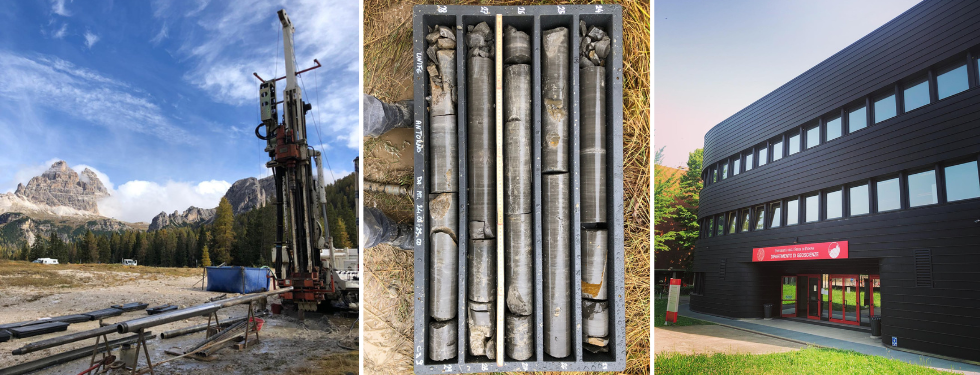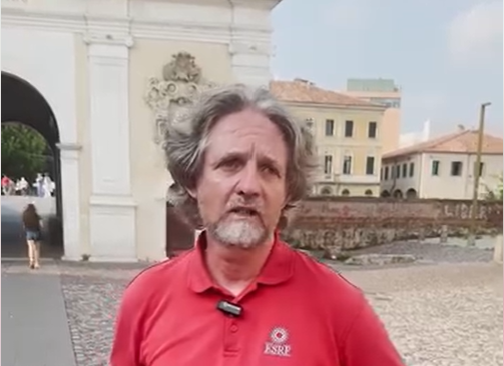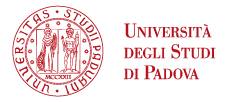CPE Drilling Project: digging into Triassic extreme climate change


Title: CPE Drilling Project: digging into Triassic extreme climate change (CDP)
Scientific Person in Charge: Nereo Preto | Programme: PRIN 2022 DM 104/2022

This project aims at reconstructing a high-resolution multi-proxy stratigraphy across the Carnian Pluvial Episode (CPE).
The CPE is an interval of major climate and environmental modifications in the Earth Systems associated to a multi-phase perturbation of the carbon cycle, likely connected to the emplacement of the huge volumes of volcanics of the Wrangellia Large Igneous Province. The CPE is a complex event characterized by at least four negative shifts in the d13C record and is marked by striking sedimentary and biological changes: a crisis of shallow water carbonate systems, pulses of increased terrigenous input into sedimentary basins, global sea-level oscillations, major floral turnovers, radiations, and extinctions in both marine and continental biota. During the CPE, pelagic calcifiers rose in the oceans as significant carbonate producers, scleractinian corals became for the first-time major reef-builders, dinosaurs underwent the first large diversification, conifers spread on continents as they never did before in Earth history.
Whereas the sedimentary expression of the CPE and its relevance as an evolutive turning point have been proven, the exact succession and, therefore, the timing and cause-effect relationships between the events occurred across each d13C perturbation are still unclear. Therefore, key information is lacking to understand the mechanisms through which this major step in the evolution of life on the planet took place. The overarching goal of this project is to shed light on this complexity by precisely disentangling the succession of the phenomena that occurred across the major isotope shifts of the CPE. This will be achieved through an integrated stratigraphic approach that will include geochemistry, cyclostratigraphy, sedimentology and sequence stratigraphy on three key-areas where continuous sedimentary successions (belonging to different paleogeographic settings) recording the CPE are exposed: the Southern Alps (Dolomites and the Julian Alps, northern Italy) and the Lagonegro Basin (Southern Italy).
Analyses will be carried out on samples collected in land sections and on two cores to be drilled for this project.
The assessment of the temporal succession of the phenomena occurred across each major isotope shift, and the construction of a detailed stratigraphy, will make it possible to find whether they occurred in a systematic order, to explore potential cause-effect relationships and to elucidate how Earth Systems reacted to environmental changes.





